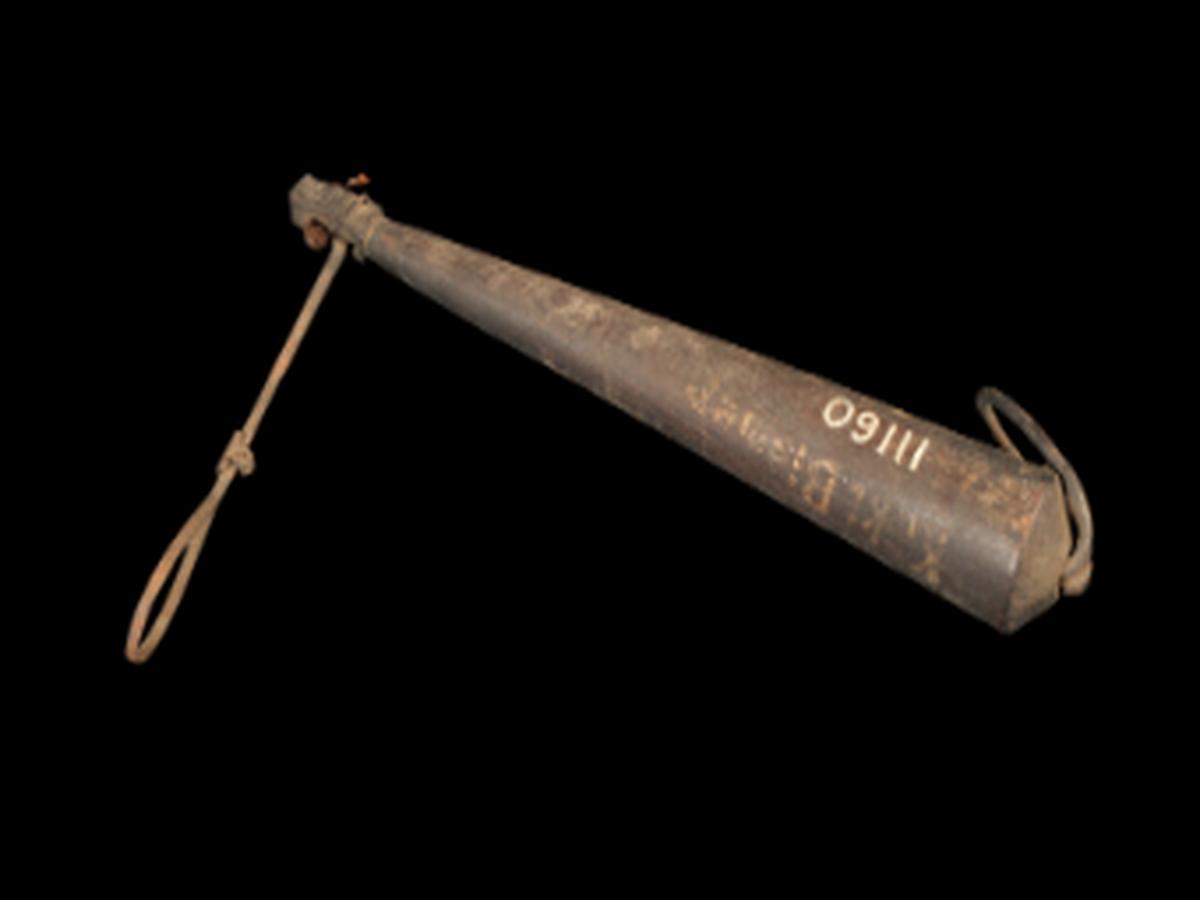State
Tribe Name
Art Type
short description
Weighing scale, a conventional measuring apparatus used by the Kuki Tribe- an indigenous community mostly located in North-Eastern Indian states like Manipur, Mizoram, and a few pockets of Assam. The Kuki people are known for their oral tradition, unique crafts, and self-sufficient agrarian lifestyles that include practices of barter and trading.This is weighing beam, normally used by Kuki tribe. The Kuki tribe is one indigenous community that occupies the northeastern ce... states of the Indian subcontinent, Manipur in particular, but also Mizoram and some portions of Assam. The Kukis are known for their oral tradition, unique crafts, and self-contained agrarian lifestyles of which processes of barter and trading often form a part.
Thumbnail

Filter Postion
Left
Filter Background
Off
Theme
Filter Header Image

content
Image

description
Weighing scale, a conventional measuring apparatus used by the Kuki Tribe- an indigenous community mostly located in North-Eastern Indian states like Manipur, Mizoram, and a few pockets of Assam. The Kuki people are known for their oral tradition, unique crafts, and self-sufficient agrarian lifestyles that include practices of barter and trading.This is weighing beam, normally used by Kuki tribe. The Kuki tribe is one indigenous community that occupies the northeastern ce... states of the Indian subcontinent, Manipur in particular, but also Mizoram and some portions of Assam. The Kukis are known for their oral tradition, unique crafts, and self-contained agrarian lifestyles of which processes of barter and trading often form a part.
The beam is constructed from a cylindrical wooden rod, which is carefully shaped to taper away at one end in a functional way, while remaining familiar to nature. At the wider end is found an iron ring, probably put in place for suspension or balance during weighing, whereas a coiled iron wire is attached to the narrower end, likely intended to hold a load or counterweights. In earlier times, these beams were mostly used for manual weighing in rural marketplaces and households for weighing grains, produce, or other goods under barter. They worked on a system of balance and counter balance, the rod being suspended on a fulcrum weight hanging from either end. This beam not only fulfilled practical purposes in local markets and household trade, but also told a story about the indigenous knowledge system of the Kuki tribe- precision, locally available resources that are sustainable. Now housed at the Indian Museum, Kolkata, the weighing beam reminds us of the pre-industrial systems of economy and craftsmanship sustained by tribal communities of Northeast India.
The beam is constructed from a cylindrical wooden rod, which is carefully shaped to taper away at one end in a functional way, while remaining familiar to nature. At the wider end is found an iron ring, probably put in place for suspension or balance during weighing, whereas a coiled iron wire is attached to the narrower end, likely intended to hold a load or counterweights. In earlier times, these beams were mostly used for manual weighing in rural marketplaces and households for weighing grains, produce, or other goods under barter. They worked on a system of balance and counter balance, the rod being suspended on a fulcrum weight hanging from either end. This beam not only fulfilled practical purposes in local markets and household trade, but also told a story about the indigenous knowledge system of the Kuki tribe- precision, locally available resources that are sustainable. Now housed at the Indian Museum, Kolkata, the weighing beam reminds us of the pre-industrial systems of economy and craftsmanship sustained by tribal communities of Northeast India.
Image Mode
landscape
promoted
On
Verified
Off
